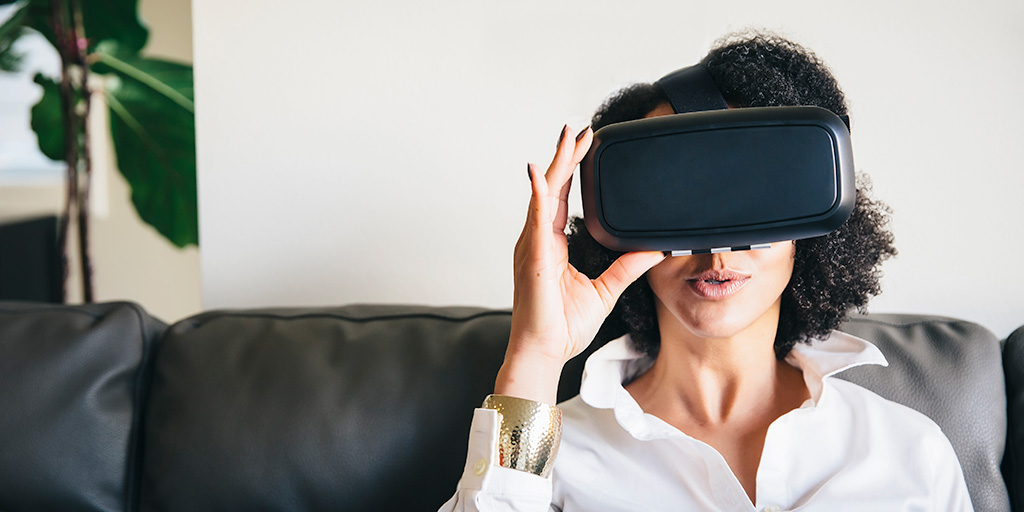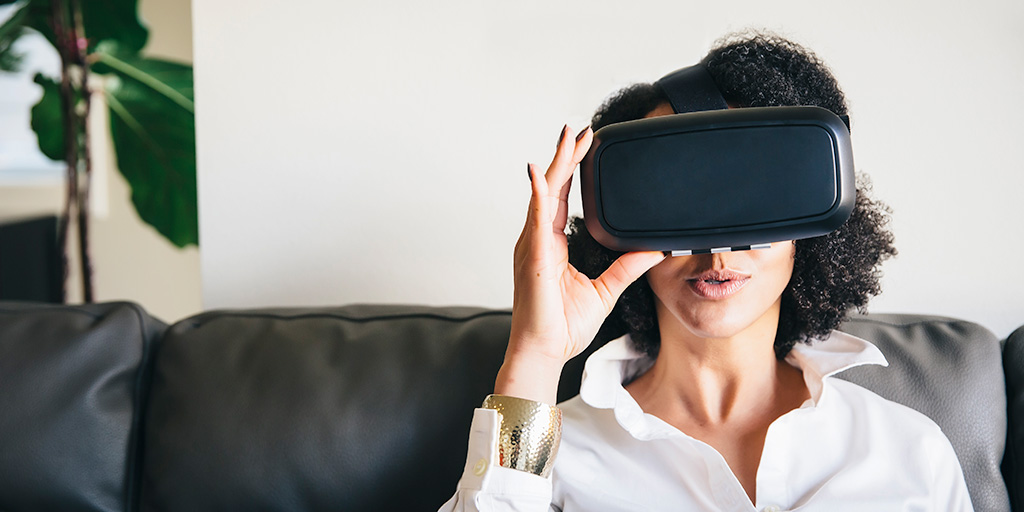
January 28, 2019 By: Steven Anderson
We’ve been hearing for quite some time now about the growth of various technologies in the retail space, like augmented reality (AR) and virtual reality (VR). Adding mobile payments systems to that mix helps turn these tools from clever gimmicks to full-on retail platforms. Recent reports, meanwhile, suggest that this development is only growing, with the AR / VR tools improving and adding new power to the mix.
AR and VR aren’t exactly new tools here. We’ve seen these tools show how a shirt looks on you, or how a couch looks in your living room. They also make crackerjack training systems for employees, since they can be adjusted to reflect a range of conditions and don’t add much pressure to the employees. Better yet, VR has an unusual interaction with the brain; viewing an experience in VR actually feels, as far as your brain is concerned, like you were there.
Throw in the fact that VR use is on the rise—better than double in 2018 alone, from 85 million to 171 million—and there’s a lot of value potentially here. VR software revenues are on track for 3,000 percent growth over the next four years, and even AR has come into its own; Macy’s, at last report, has 50 locations that feature “smart mirror” systems that allow a customer to effectively try on makeup options without actually putting on makeup.
Issues around the future of retail have been emerging on several fronts. As physical retail tries desperately to retain its relevance in a future where it’s possible to order anything and have it arrive at your house sometimes the same day, physical retail will have to work hard to distinguish itself. Tools like AR and VR can certainly help, though they might end up helping online retail even more. Imagine being able to see how a shirt looks on you before ordering it online. Sure, you’ll still have to try it on for fit, but a better approximation will likely help cut down on returns for online shopping.
In the end, though, trying everything is important. Retailers aren’t exempt here, and need to innovate as best they’re able. VR and AR are likely part of that upcoming future.

